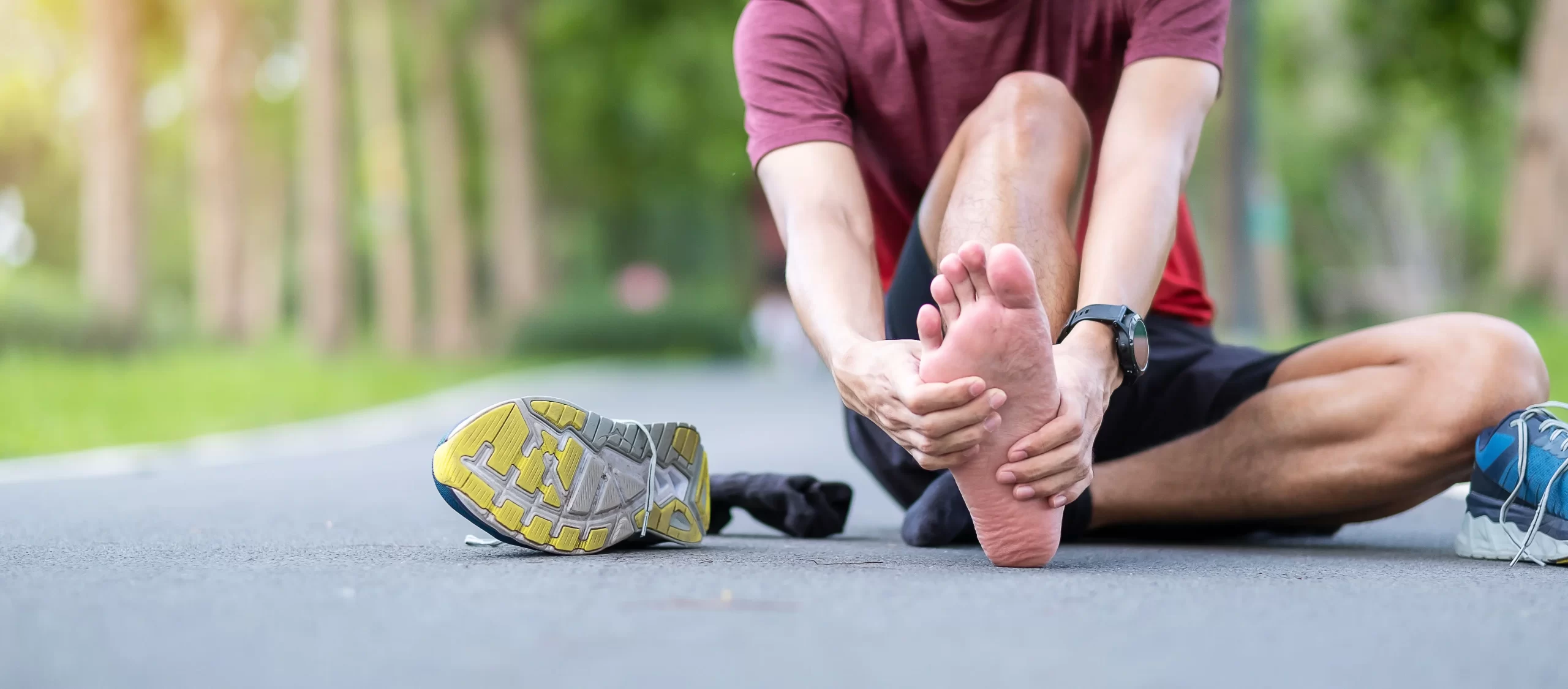Sports Injuries in Children
Sports injuries in children are one of the most common conditions. Because the tissues of children are more delicate than the adults, their risk and rate of injury are higher, and some of the injuries are specific to this age group. In order to prevent these injuries, it is important to choose the most appropriate sports branch for the structure of the child and not to neglect the warm-up and stretching exercises before and after the training.

Sports injuries are inherent in sports. It is seen in children as well as in adults. The muscles and ligaments of the children are stronger and more flexible than the adults. In contrast, certain parts of the bones and the cartilages are weaker. Therefore, the most common and most serious injuries during the childhood are seen in the bones and cartilages.

A sports branch which is suitable for the structure of the child should be chosen
The muscles of the child are strengthened by the exercises, while the bones do not develop at the same speed. This may cause problems in the bones and bone growth regions. This problem increases when the child does not engage in sports suitable for his/her anatomical structure and motor development. Therefore, it is useful for parents to consult a pediatric orthopedist when choosing a sports branch for their children. When encouraging a child to play sports, the orthopedists not only check the child’s muscle structure, height and weight, but also his/her motor development. The movements such as hand-eye coordination, jumping, running, standing on one foot and moving from one foot to the other foot, are evaluated and the most appropriate sports branch is determined. Injuries are largely prevented when the child chooses the best sport for him/her. Even if not in a professional way, the child's likelihood of doing his/her favorite sport during the lifetime increases.
Warming-Up And Stretching Are Important
Choosing a sport suitable for the structure of the child is not enough to prevent injuries. However, stretching exercises should not be forgotten before and after the training in order to prevent injuries. The studies show that the stretching and warming-up exercises before playing sports increase durability by 30 percent. In addition to this, it is an important factor that the trainer is a well-educated and good observer.
In a research, it was found that the period during which the chronic and acute injuries are seen very often is the period when the child s transferred from a low-level team to a high-level team. This transfer period is the main cause of injuries, as the expectations from the child are increased in an unbalanced way.
The Most Common Injuries
In our country, one-third of one million children having a sports license are girls and two-thirds are boys. Therefore, sports injuries are more common in boys. The most common sports injuries are muscle-joint sprains and strains, bruises, dislocations and fractures. Although it changes depending on the sport, the most frequently injured area is the knee joint. This is followed by the foot joint and shoulder joint.
Sports injuries constitute 30 percent of applications to the emergency department due to the trauma. The majority of these injuries recover within 10 to 15 days. However, one out of 10 is treated for more than 15 days. Only 4 out of 10.000 injuries are serious enough to stop playing sports.
At this point, the process of diagnosis is of great importance. Since the child is anatomically different from the adults, the MRI results should be evaluated by a pediatric orthopedist or a radiologist familiar with the childhood radiology. For example, the radiological appearance described as a meniscus tear in an adult individual is a characteristic of the meniscus in the child's growing knee joint, which should be considered normal.
Watch The Time to Return to Sport!
It is also important to pay attention to the process of returning to sports after the injury. Adults may continue to play sports and show a certain performance even if they feel pain after treatment. However, it is more difficult for the children to use the painful limbs. When they do sports with pain, the sport ceases to be a pleasure for them and disincline them from the sport.
This is also very important for the health of the child's musculoskeletal system. A child should not be forced to compete in the case that he/she suffers from a sports injury, his/her pain persists during the treatment, and he/she cannot use his/her limb effectively for the sports.

